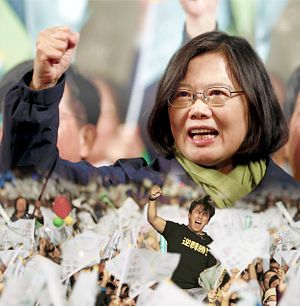The January 16 Taiwan elections mark a major transition in Taiwan’s political leadership away from the Kuomintang (KMT) Party of President Ma Ying-jeou. The election represents a turn from Ma’s policy of the past eight years stressing reassurance and accommodation of China in the interests of cross-strait peace and closer interchange and development. From a historic perspective, Ma’s policies toward China were a fundamental reversal of the highly competitive, militarily tense, and often confrontational policies of previous Taiwan governments since Chiang Kai-shek retreated to Taiwan after losing the Chinese Civil War on the mainland in the late 1940s. Those policies led to major cross-strait military and diplomatic confrontations beginning in the 1990s during the later years of KMT President Lee Teng-hui (1988-2000) and during the rule of DPP President Chen Shui-bian (2000-2008). Both leaders were seen by Beijing as moving Taiwan toward de jure independence of China – unacceptable to Beijing.
The Taiwan electorate’s opposition to the turmoil in cross-strait relations was a major reason for Ma’s landslide victory in 2008. And his reelection in 2012 was widely seen as an endorsement of his moderate cross-strait policies aimed at accommodating Beijing. Seeking to foster peace and stability in the Taiwan Strait, the U.S. governments of Republican President George W. Bush and Democratic President Barack Obama strongly endorsed the historic change in direction in the Taiwan government’s approach to China.

































